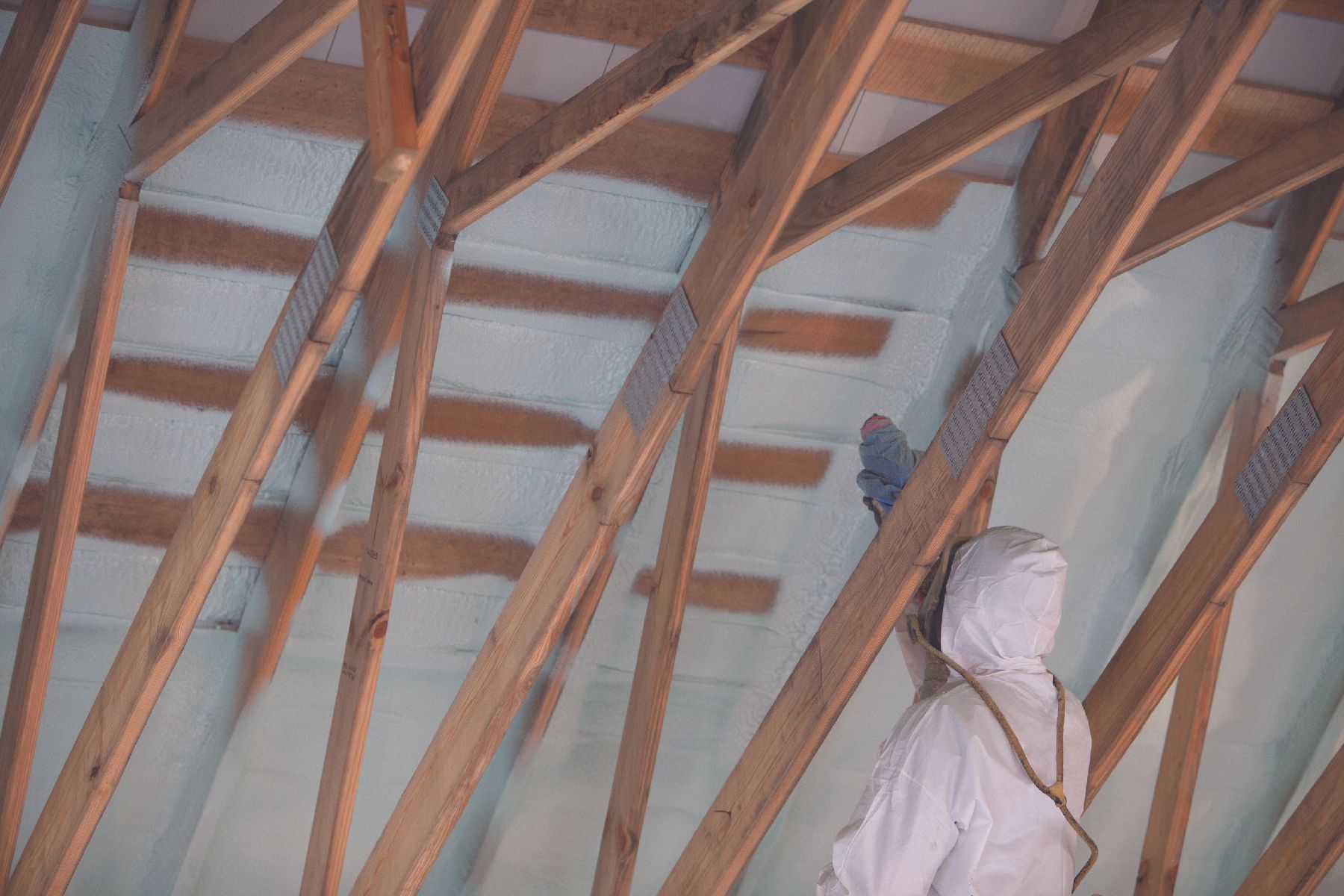

Articles
How Thick Is R-49 Blown In Insulation
Modified: December 7, 2023
Discover the ideal thickness of R49 blown-in insulation and its benefits for your home. Read articles and learn about effective insulation practices.
(Many of the links in this article redirect to a specific reviewed product. Your purchase of these products through affiliate links helps to generate commission for Storables.com, at no extra cost. Learn more)
Introduction
When it comes to insulating your home, ensuring that you have the right amount of insulation is crucial. Insulation helps to regulate the temperature inside your home, keeping it cool in the summer and warm in the winter. One popular form of insulation is blown-in insulation, which provides excellent thermal performance and energy efficiency.
In this article, we will explore R49 blown-in insulation, specifically focusing on its thickness and how it contributes to creating a well-insulated home. We will delve into the installation process, factors that affect thickness, and the benefits of using R49 blown-in insulation. So, let’s dive in and discover more about this effective insulation option.
Key Takeaways:
- R49 blown-in insulation offers superior thermal performance, energy efficiency, and soundproofing, creating a comfortable and eco-friendly living environment while reducing utility bills and environmental impact.
- Proper installation and determining the correct thickness of R49 blown-in insulation are crucial for optimal energy efficiency, requiring professional expertise and consideration of climate, R-value, insulation material, and existing insulation.
Read more: How Thick Is R-49 Insulation
What Is R49 Blown-In Insulation
R49 blown-in insulation is a type of loose-fill insulation that is made from various materials, such as fiberglass, cellulose, or mineral wool. It is designed to be blown or sprayed into attics, walls, and other areas of a home to provide thermal resistance and improve energy efficiency.
The R49 rating refers to the thermal resistance value of the insulation, which measures its ability to resist heat flow. The higher the R-value, the greater the insulation’s effectiveness in preventing heat transfer. R49 blown-in insulation is considered to be highly efficient in terms of thermal performance.
R49 insulation is commonly used in attics, where it helps to create a barrier against heat loss or gain through the roof. It can also be used in walls, floors, and crawl spaces to further enhance a home’s energy efficiency.
The blown-in nature of this insulation allows it to fill gaps and crevices, providing a more complete coverage compared to other forms of insulation. It can conform to irregular spaces and effectively insulate hard-to-reach areas, ensuring that there are no gaps where heat can escape.
Overall, R49 blown-in insulation is a versatile and effective option for homeowners looking to improve the energy efficiency and comfort of their homes.
How Is R49 Blown-In Insulation Installed
Installing R49 blown-in insulation requires the expertise of a professional or experienced installer. The process involves the following steps:
- Preparation: The installation area, whether it’s an attic or wall cavity, needs to be prepared before the insulation is applied. This includes clearing any debris, sealing air leaks, and ensuring proper ventilation.
- Protective Gear: The installer will wear appropriate protective gear, such as a mask, goggles, and gloves, to ensure safety during the installation process.
- Equipment Setup: The installer will set up the necessary equipment, such as a blowing machine and hoses, to distribute the insulation material evenly throughout the designated area.
- Insulation Application: Using the blowing machine, the installer will evenly distribute the R49 blown-in insulation material into the desired area. They will carefully control the flow and density of the insulation to ensure optimal coverage and achieve the desired R-value.
- Leveling and Smoothing: Once the insulation is applied, the installer will use special tools to level and smooth the surface, ensuring an even distribution and preventing any gaps or voids.
- Post-Installation Checks: After the insulation is in place, the installer will conduct a final inspection to ensure that the desired thickness is achieved and that there are no areas with inadequate coverage.
It is important to note that proper installation techniques are crucial for the effectiveness of R49 blown-in insulation. Hiring a professional installer ensures that the insulation is applied correctly and that the desired R-value is achieved, resulting in optimal energy efficiency and comfort for your home.
Determining the Thickness of R49 Blown-In Insulation
The thickness of R49 blown-in insulation is an important factor in achieving its desired thermal resistance value. Determining the correct thickness involves considering several factors, including the climate, desired R-value, and type of insulation material.
One common approach to determining the thickness of R49 blown-in insulation is to consult the insulation manufacturer’s guidelines. These guidelines typically provide recommendations based on the specific characteristics of the insulation material being used. They may include charts or calculations that take into account the climate zone and desired R-value to determine the appropriate thickness.
Another consideration is the Department of Energy’s recommendations for insulation levels in different parts of the home. The DOE provides guidelines based on climate zones, recommending minimum R-values for different areas of the home, including the attic, walls, and floors. These recommendations can serve as a starting point in determining the thickness of R49 blown-in insulation.
In some cases, it may be necessary to consult with an insulation professional or energy auditor. These experts can perform an energy assessment of your home and provide personalized recommendations for the ideal thickness of R49 blown-in insulation based on factors such as existing insulation, air leakage issues, and energy efficiency goals.
It’s important to note that having the correct thickness of R49 blown-in insulation is crucial for optimal thermal performance and energy efficiency. Insufficient insulation thickness may lead to heat loss or gain, while excessive thickness may be unnecessary and wasteful.
By considering factors such as climate, desired R-value, manufacturer guidelines, and expert recommendations, you can determine the appropriate thickness of R49 blown-in insulation for your home, maximizing its energy-saving potential while maintaining a comfortable indoor environment.
When installing R49 blown-in insulation, aim for a thickness of around 16-18 inches in the attic to achieve the desired R-value. Use a ruler or measuring tape to ensure even coverage.
Factors Affecting the Thickness of R49 Blown-In Insulation
Several factors can influence the thickness of R49 blown-in insulation required to achieve the desired thermal resistance value. These factors should be considered when determining the appropriate thickness for your insulation project:
- Climate: The climate in your region plays a significant role in determining the thickness of R49 blown-in insulation. Colder climates typically require thicker insulation to provide adequate thermal resistance and prevent heat loss. Warmer climates may require less insulation, but it’s essential to consider both cooling and heating needs.
- Desired R-value: The R-value represents the level of thermal resistance a material provides. Different areas of your home may have different R-value requirements. For example, the attic may require a higher R-value than the walls. Determining the desired R-value for each area will help determine the necessary thickness of R49 blown-in insulation.
- Insulation material: The type of insulation material used can also influence the necessary thickness. Different materials have varying R-values per inch, affecting the overall thickness required to achieve an R49 rating. Fiberglass, cellulose, and mineral wool are common insulation materials used for blown-in insulation, each with its unique thermal properties.
- Existing insulation: When adding R49 blown-in insulation to existing insulation, it’s important to consider the thickness and condition of the current insulation. If there is already some insulation present, you may need to adjust the thickness of the blown-in insulation to achieve the desired R-value. In some cases, it may be necessary to remove or supplement existing insulation to ensure proper coverage and maximize energy efficiency.
- Air leakage: Air leakage can significantly impact the effectiveness of insulation. Before determining the thickness of R49 blown-in insulation, it’s essential to address any air leaks in the home. Sealing gaps, cracks, and other areas where air can escape or enter will help maximize the insulation’s thermal performance and reduce the overall thickness required.
Considering these factors will help ensure that the thickness of R49 blown-in insulation is appropriate for your specific needs and climate conditions. Consulting with insulation professionals or energy auditors can provide further guidance specific to your home’s requirements.
By understanding and accounting for these factors, you can optimize the energy efficiency and thermal performance of your home by selecting the correct thickness of R49 blown-in insulation.
Read more: How Thick Is R-38 Blown Insulation
Benefits of Using R49 Blown-In Insulation
Using R49 blown-in insulation in your home provides several significant benefits, ranging from improved energy efficiency to enhanced comfort. Let’s explore some of the key advantages:
- Superior Thermal Performance: R49 blown-in insulation offers excellent thermal resistance, effectively reducing heat transfer through walls, attics, and other areas of your home. This helps maintain a consistent indoor temperature, reducing the need for excessive heating or cooling, and ultimately lowering energy consumption.
- Energy Efficiency: By providing effective insulation, R49 blown-in insulation helps optimize energy efficiency in your home. It helps reduce the load on heating and cooling systems, allowing them to operate more efficiently and consume less energy. This can result in significant energy savings and lower utility bills over time.
- Soundproofing: In addition to thermal insulation, R49 blown-in insulation also acts as an effective sound barrier. It reduces noise transmission from outside, providing a quieter and more peaceful indoor environment. This is especially beneficial if you live in a noisy neighborhood or near busy roads.
- Improved Indoor Comfort: R49 blown-in insulation helps create a more comfortable living environment by preventing drafts and temperature fluctuations. It helps keep your home warm during the winter and cool during the summer, ensuring that rooms maintain a consistent and pleasant temperature year-round.
- Eco-Friendly: R49 blown-in insulation is considered an environmentally friendly choice. It is made from recycled materials, such as fiberglass or cellulose, reducing the use of new resources. Additionally, its energy-saving properties help reduce greenhouse gas emissions by lowering energy consumption and reliance on fossil fuels.
- Durable and Long-Lasting: R49 blown-in insulation is designed to be durable and long-lasting. It does not settle or compress over time, maintaining its effectiveness and insulation properties for many years. This means you can enjoy the benefits of energy efficiency and comfort for an extended period without the need for frequent re-insulation.
Overall, using R49 blown-in insulation offers a range of advantages, including improved energy efficiency, enhanced comfort, soundproofing capabilities, and eco-friendly characteristics. It is an investment that not only helps save on energy costs but also creates a more comfortable and sustainable living environment in your home.
Conclusion
R49 blown-in insulation is a highly effective and efficient solution for improving the energy efficiency and comfort of your home. By understanding its characteristics, installation process, factors affecting thickness, and the benefits it offers, you can make informed decisions about incorporating it into your home insulation strategy.
With its superior thermal performance, R49 blown-in insulation provides excellent insulation against heat transfer, helping to maintain a consistent indoor temperature throughout the year. This leads to reduced energy consumption, lower utility bills, and a smaller carbon footprint.
The installation process of R49 blown-in insulation requires professional expertise to ensure proper coverage and achieve the desired thermal resistance value. By consulting with insulation professionals or energy auditors, you can determine the correct thickness of the insulation based on factors such as climate, desired R-value, insulation material, and existing insulation.
Using R49 blown-in insulation offers numerous benefits, including improved energy efficiency, enhanced comfort, soundproofing capabilities, and eco-friendly characteristics. It not only saves you money on energy bills but also creates a more comfortable and sustainable living environment, reducing noise pollution and contributing to environmental conservation.
In conclusion, if you are looking to improve the insulation in your home, R49 blown-in insulation is an excellent choice. Its thermal performance, ease of installation, and range of benefits make it a valuable investment for long-term energy efficiency and comfort. Take the time to consult with professionals and evaluate your specific needs to determine how R49 blown-in insulation can make a significant impact on your home’s energy efficiency and overall comfort.
Frequently Asked Questions about How Thick Is R-49 Blown In Insulation
Was this page helpful?
At Storables.com, we guarantee accurate and reliable information. Our content, validated by Expert Board Contributors, is crafted following stringent Editorial Policies. We're committed to providing you with well-researched, expert-backed insights for all your informational needs.
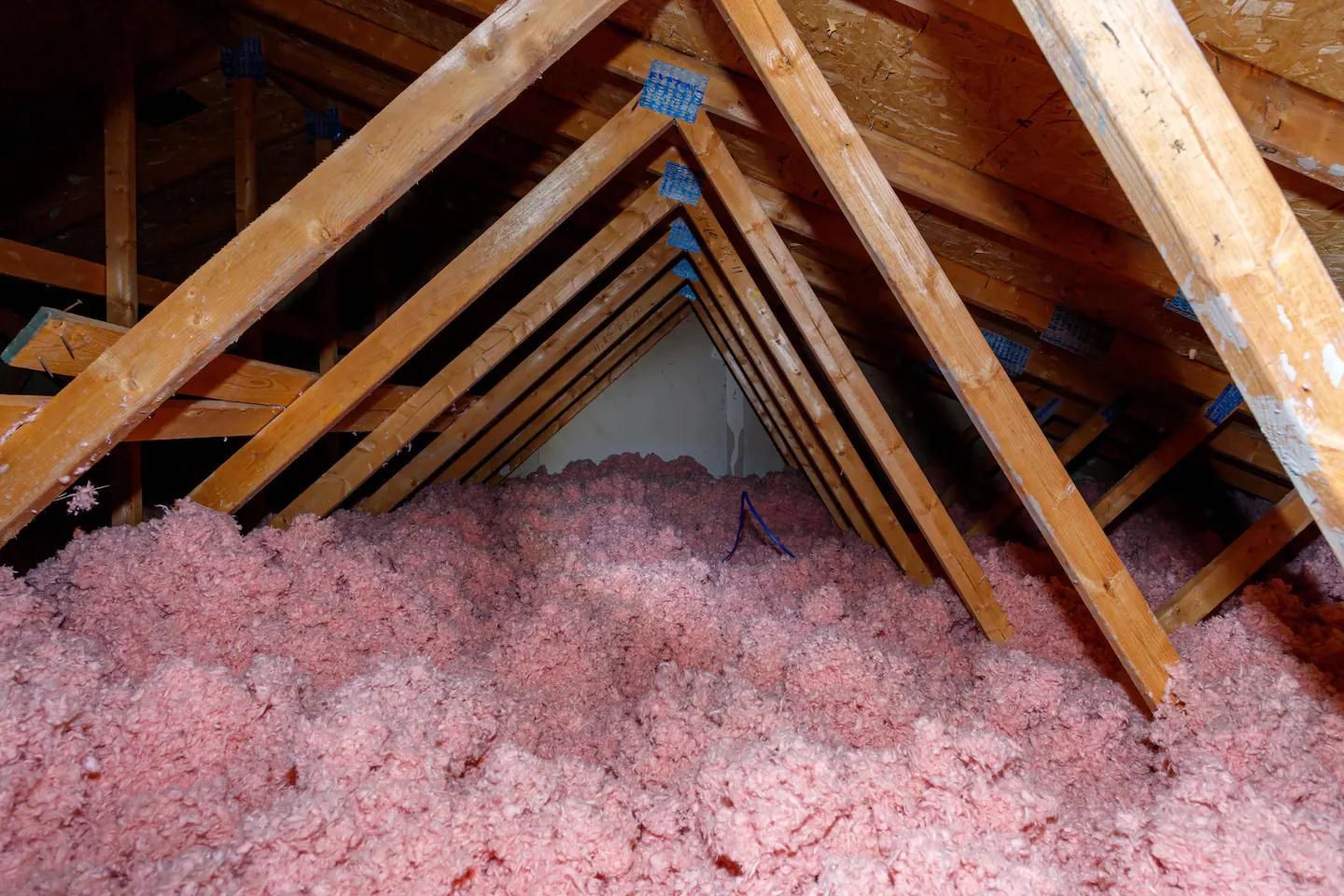
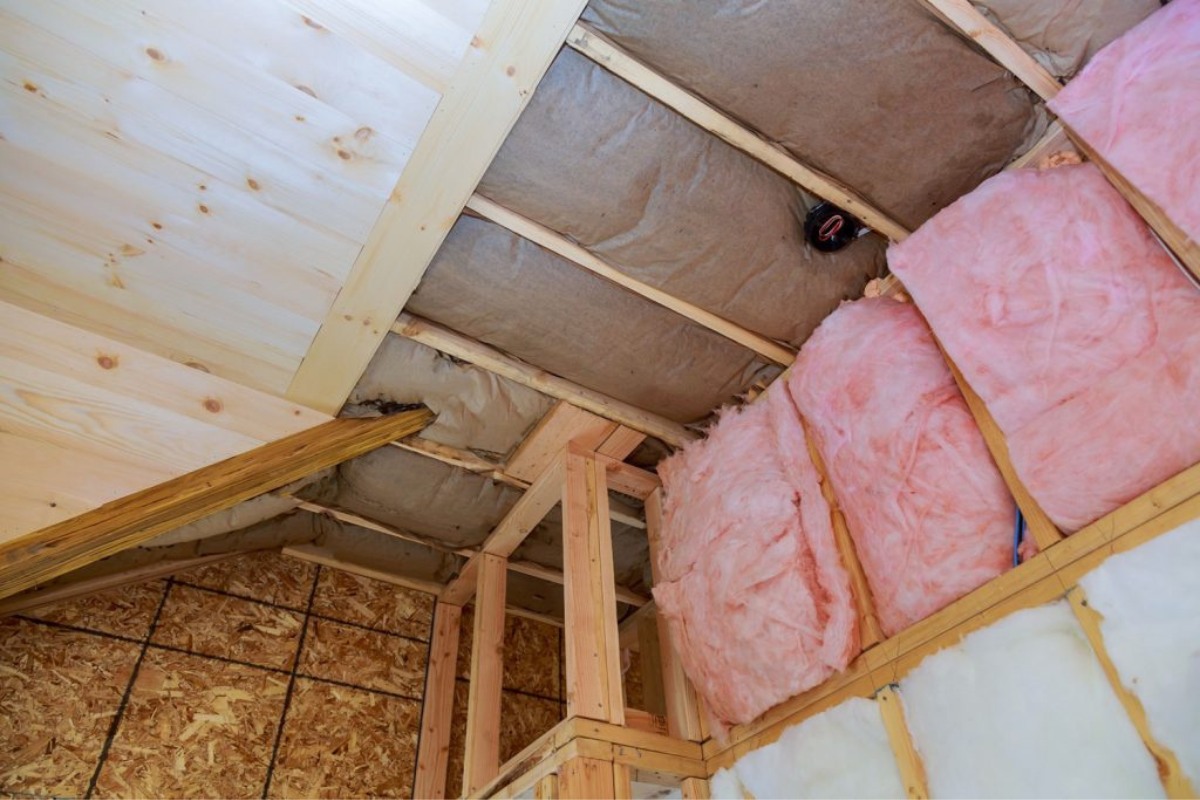
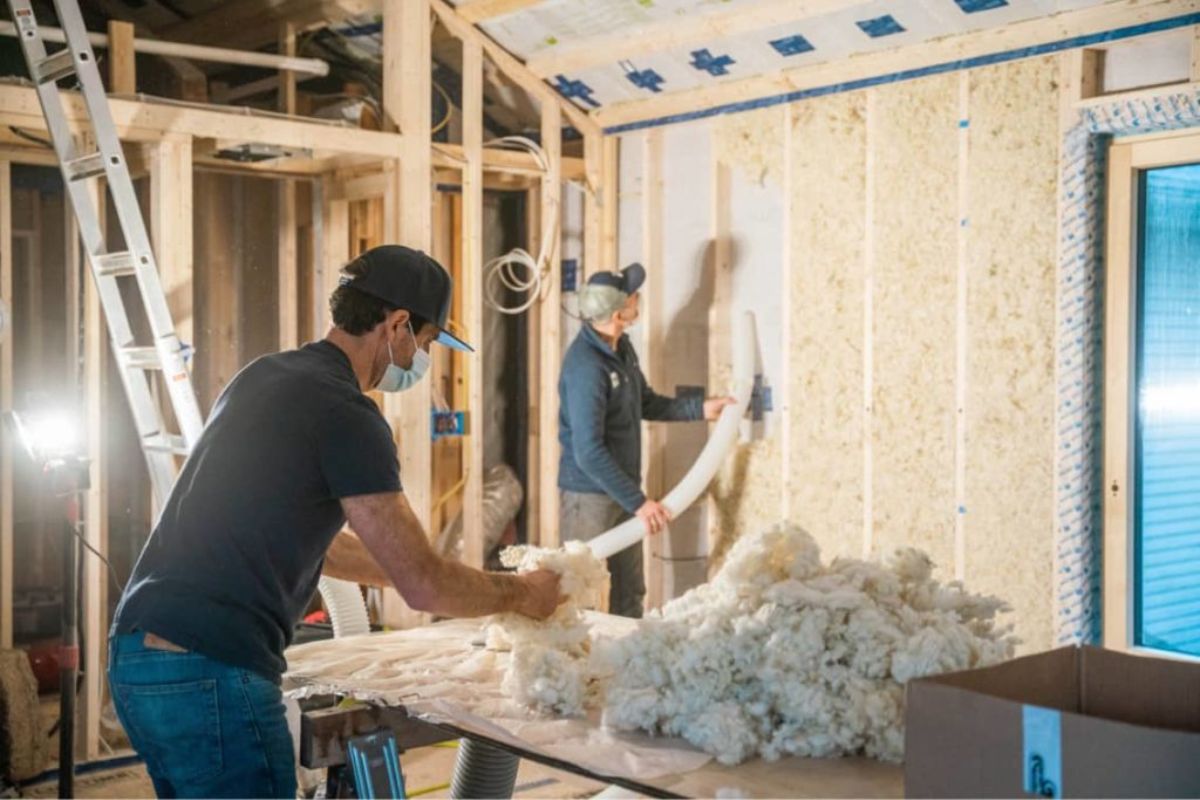
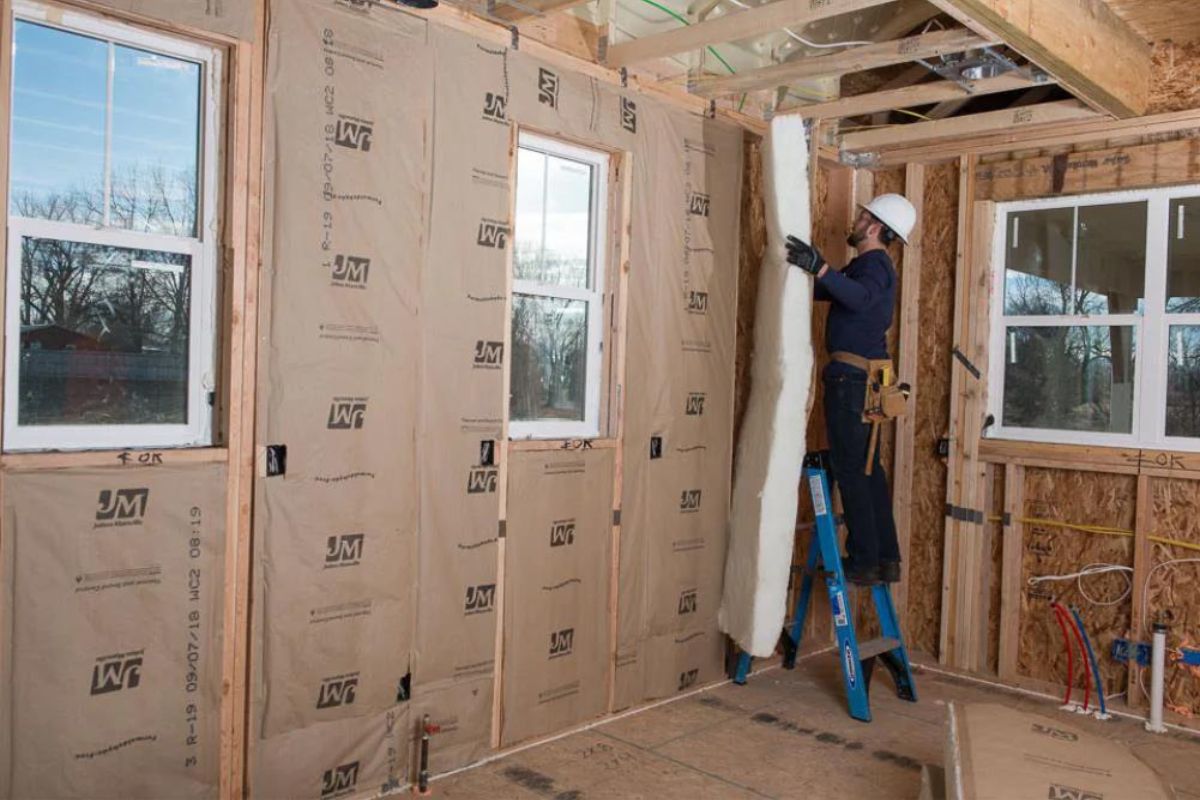
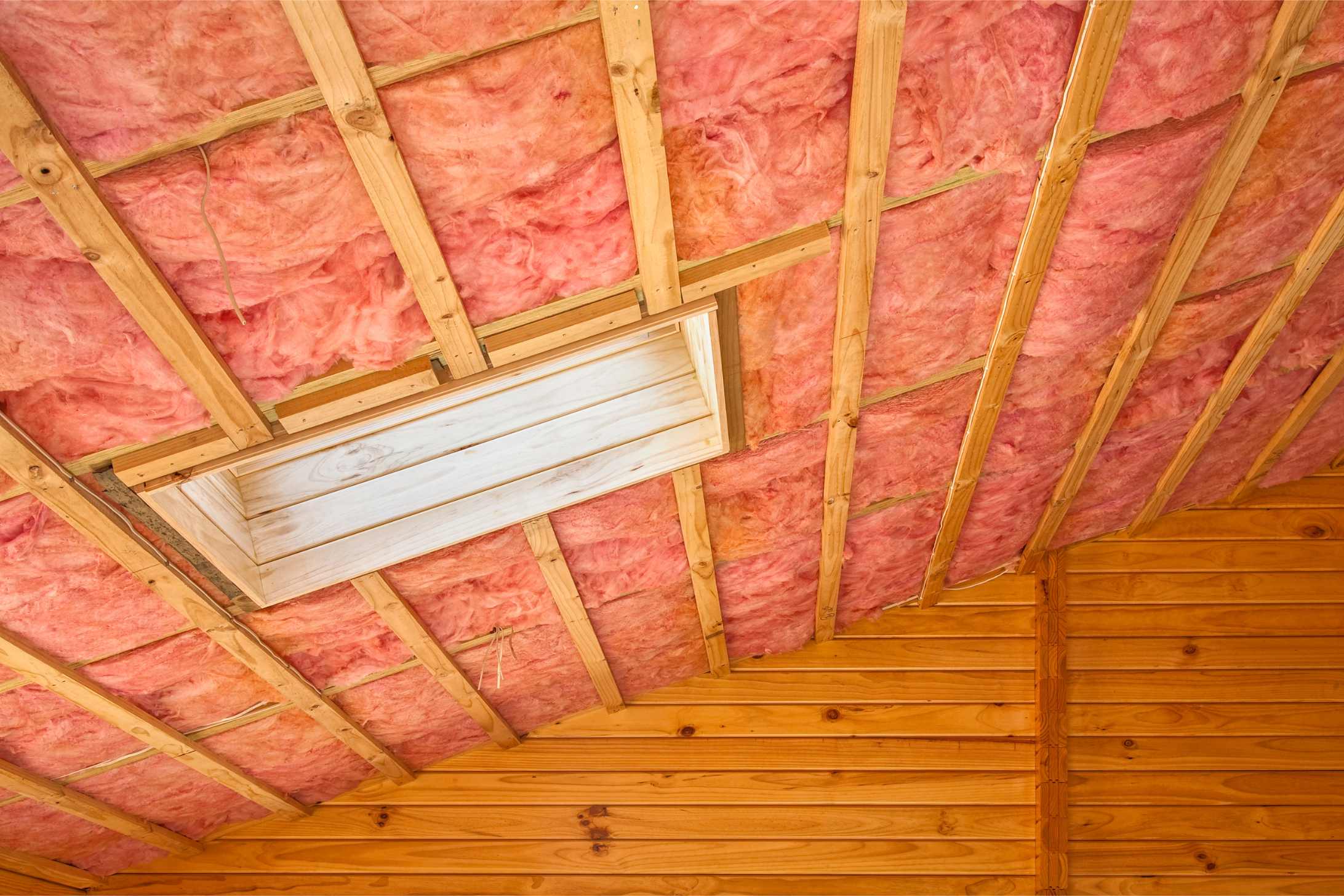
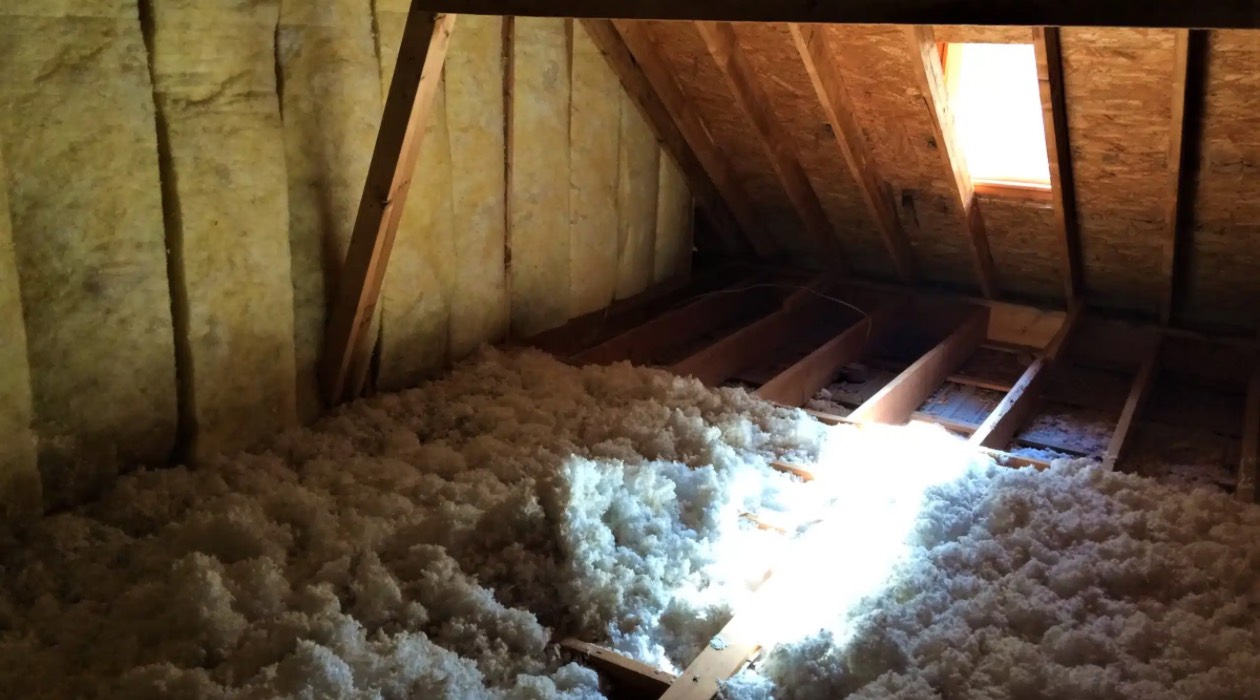
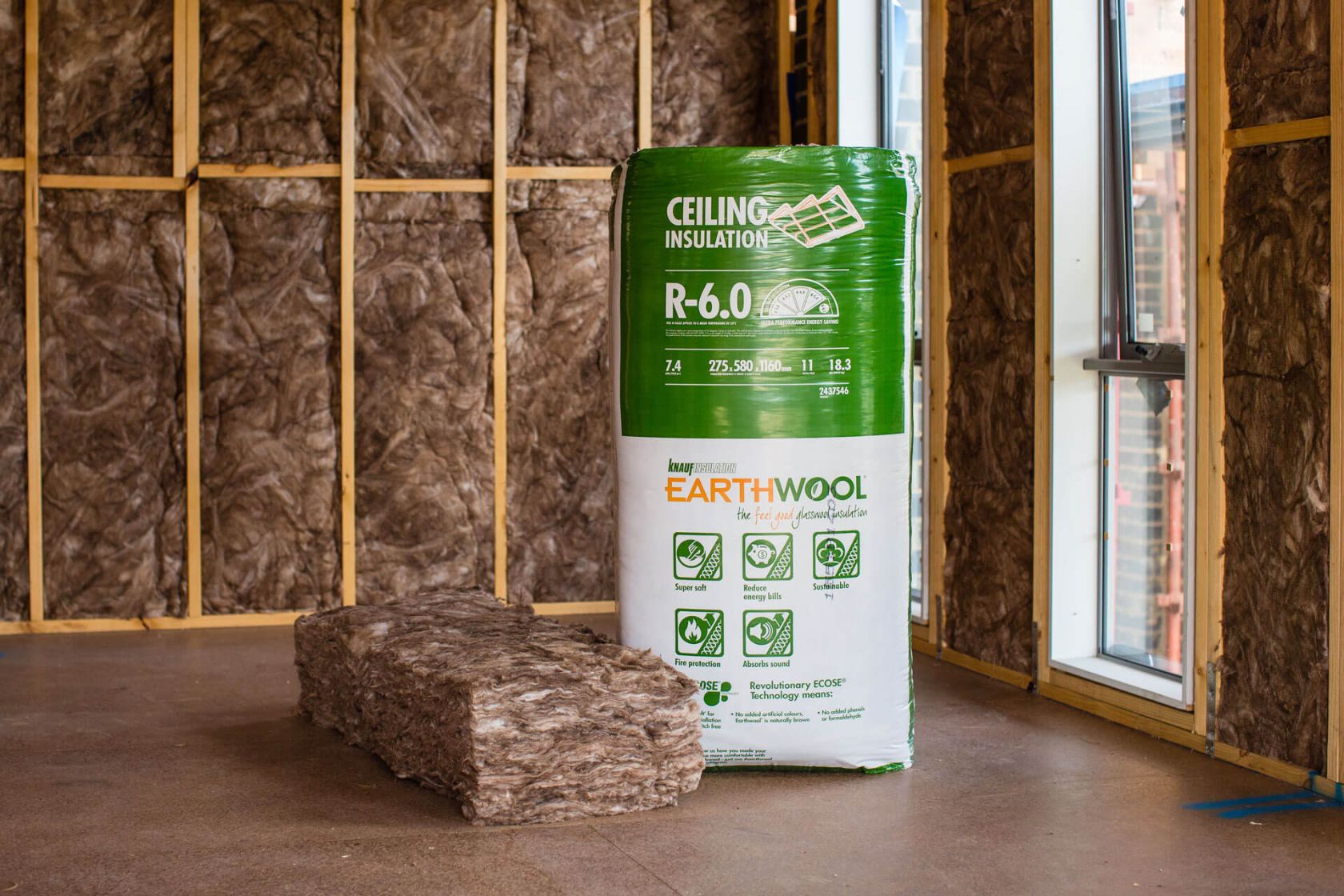
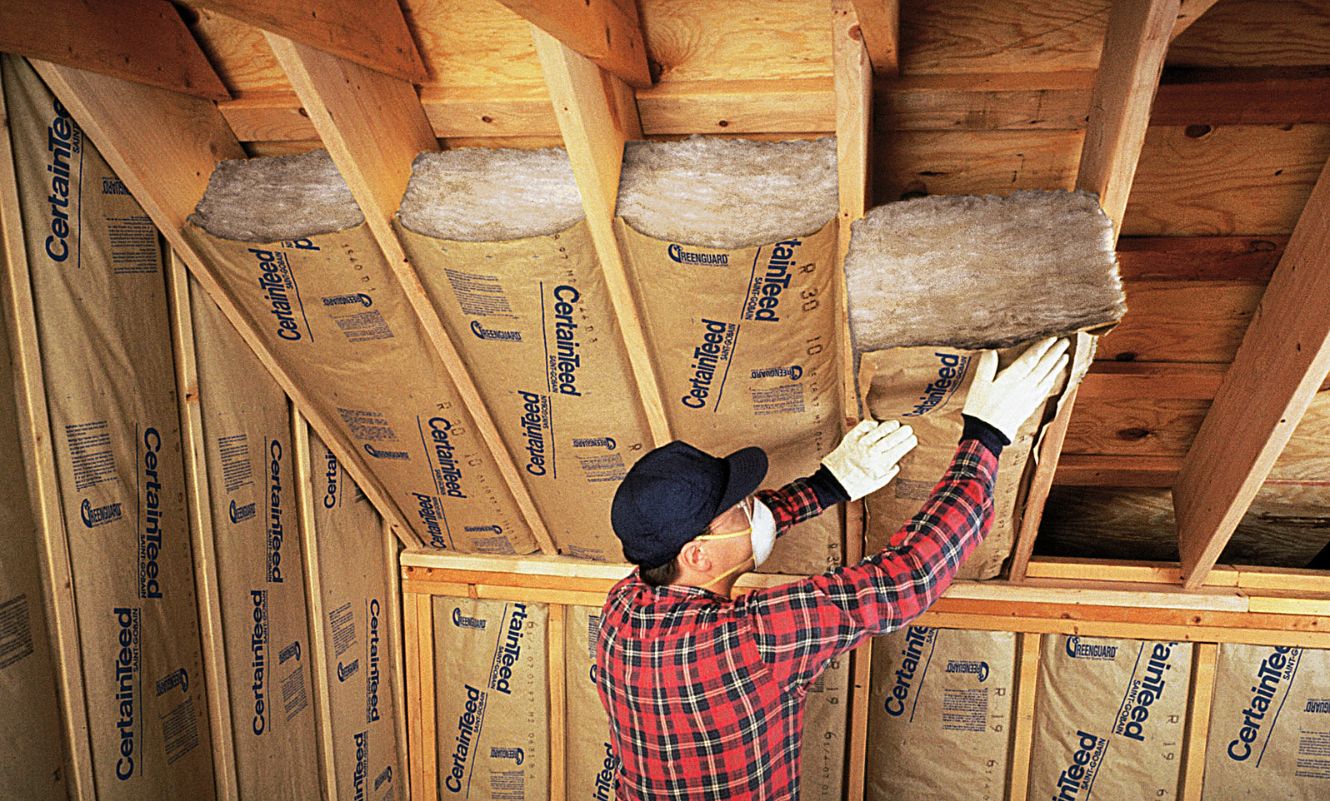
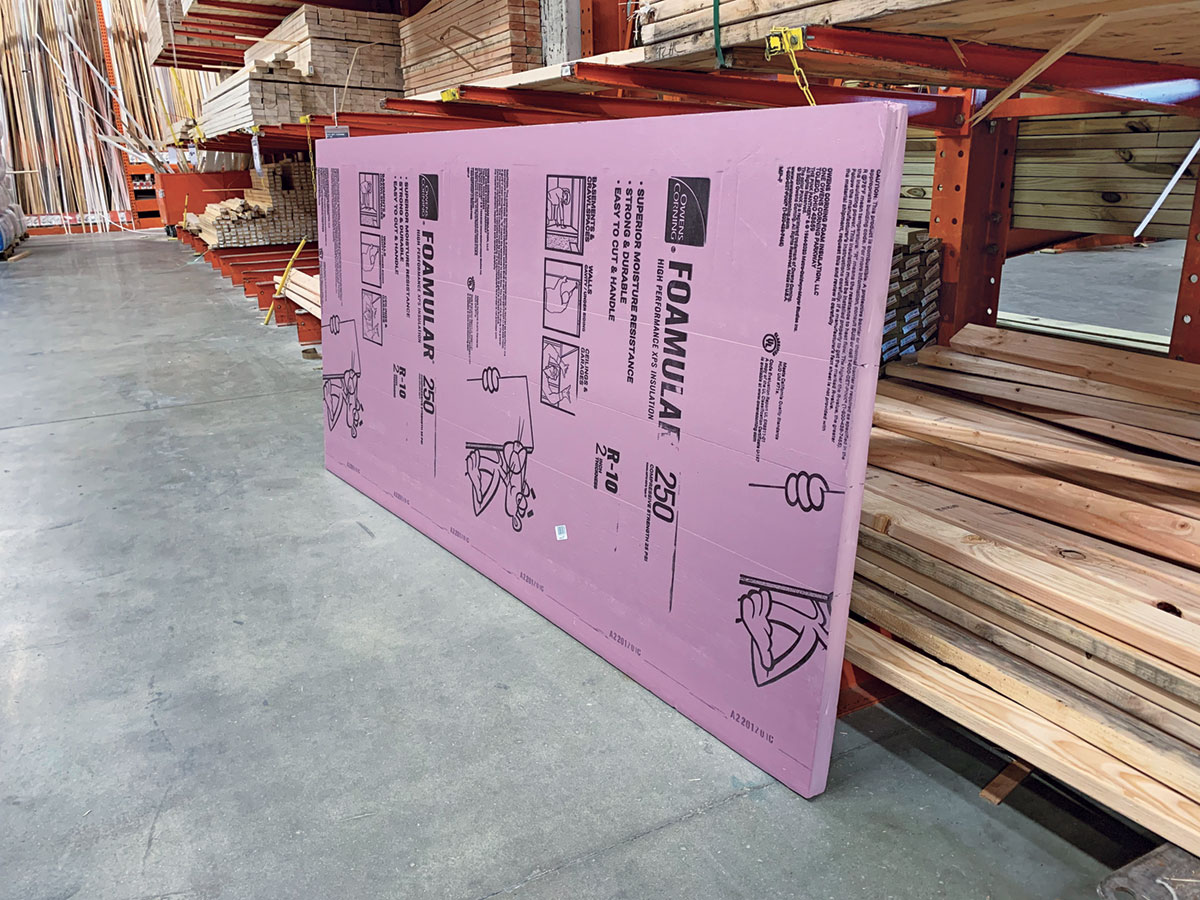
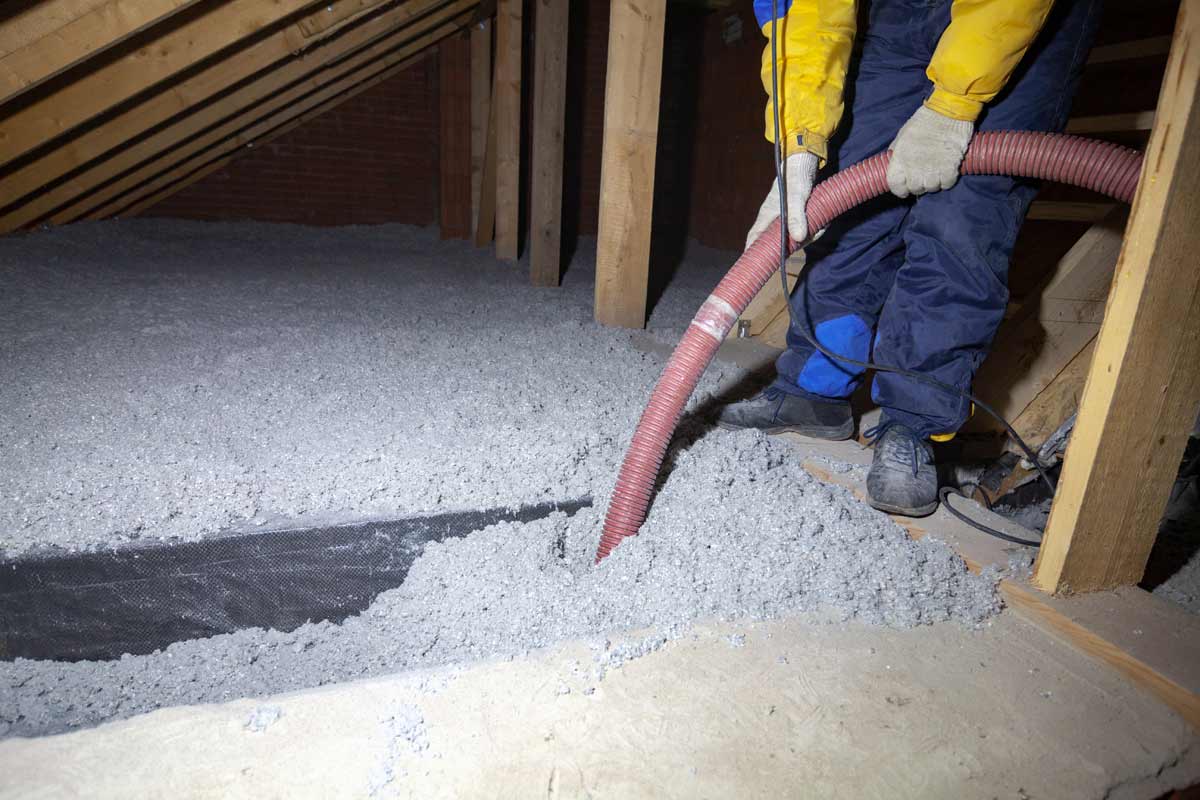
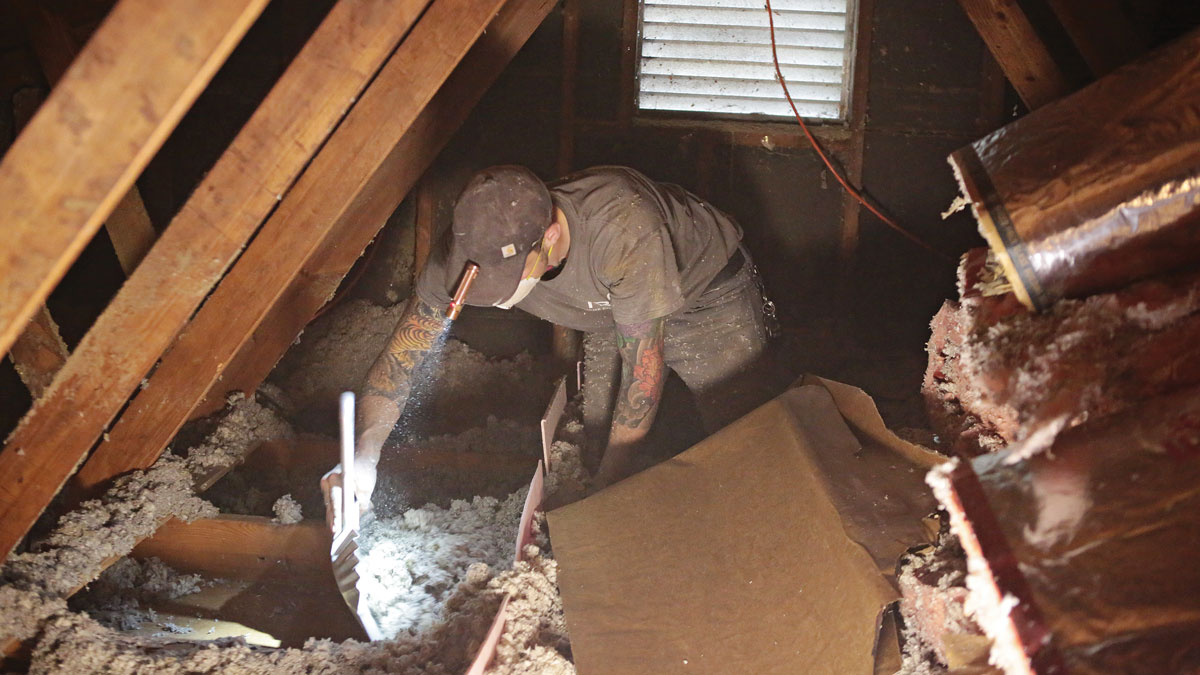
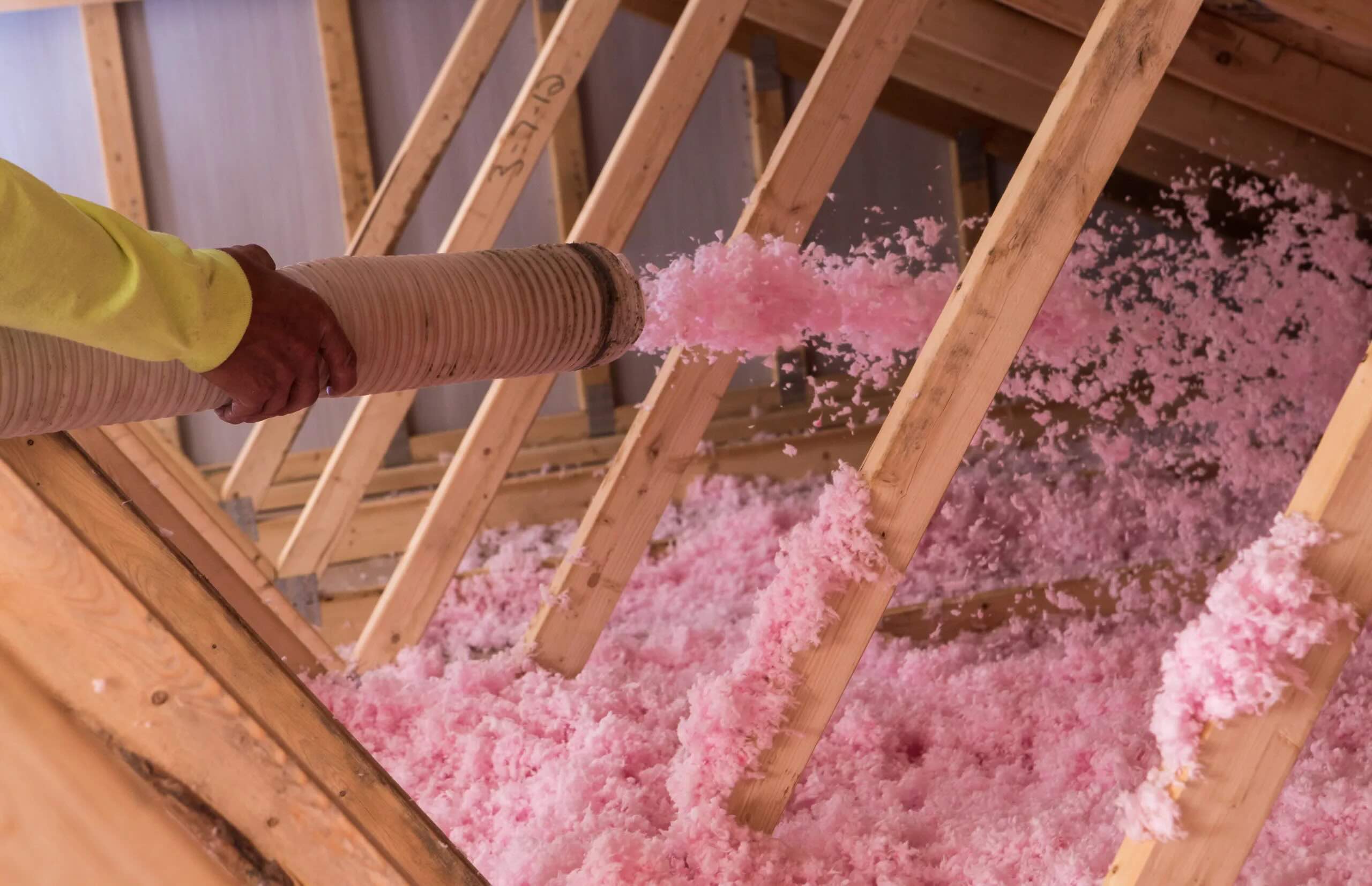
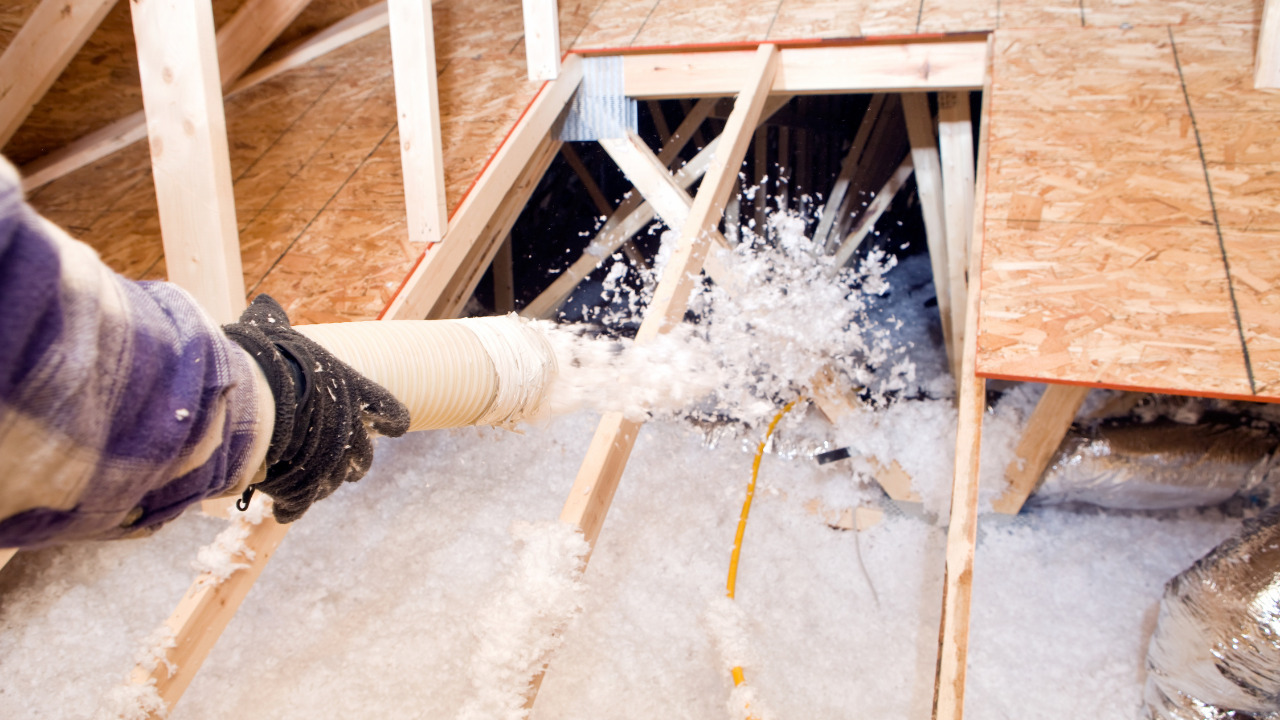
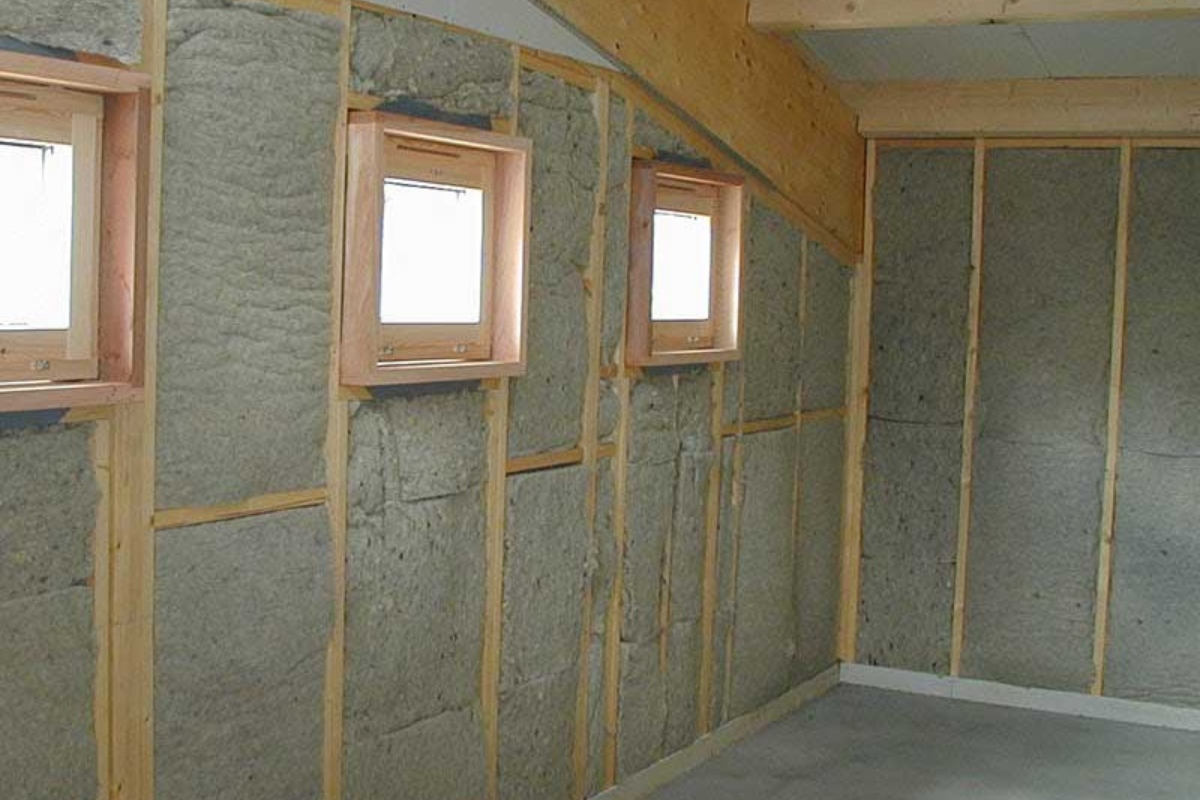

0 thoughts on “How Thick Is R-49 Blown In Insulation”